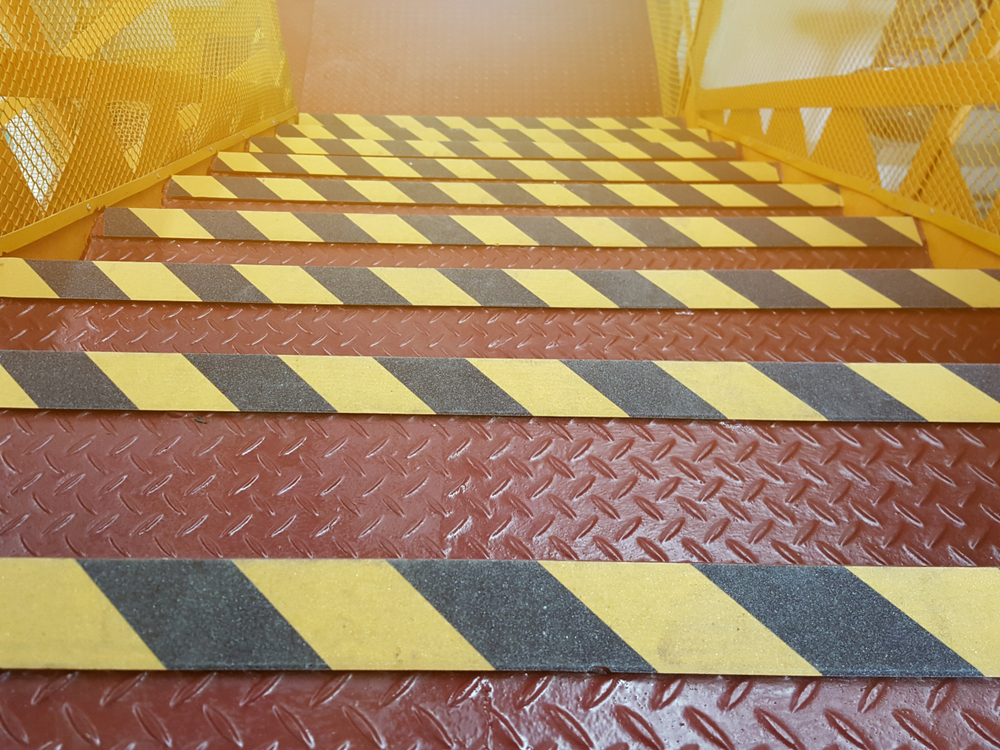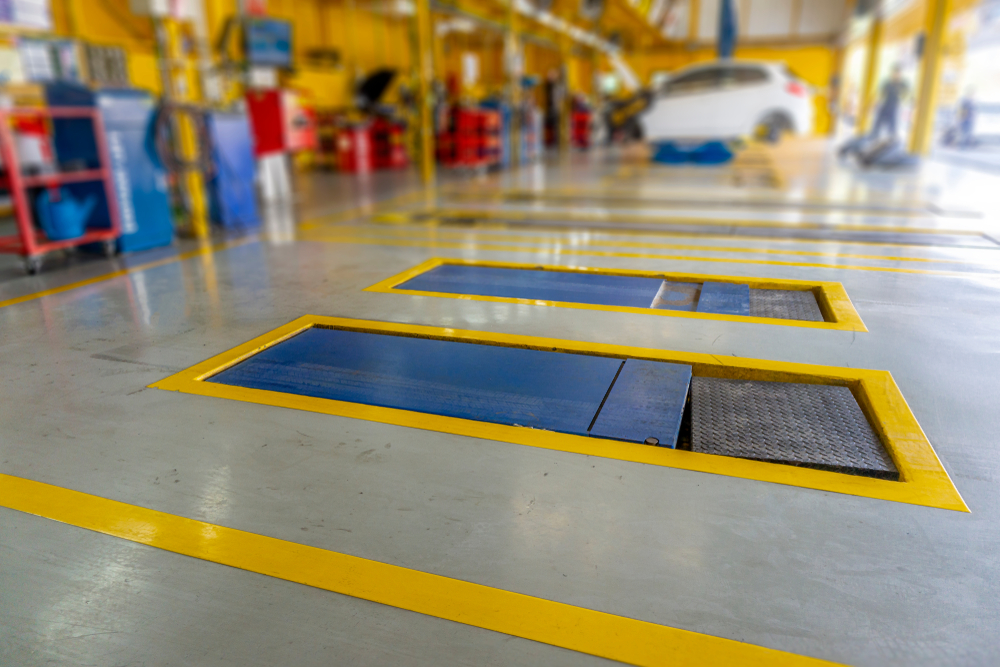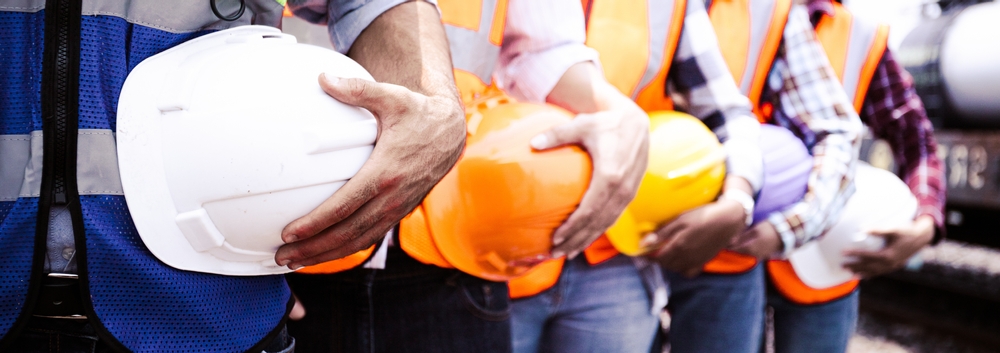Compliance and Regulations: Ensuring Safe Storage and Disposal of Hazardous Waste
Storing potentially harmful substances brings a serious set of responsibilities, and must be approached with the utmost care and attention to the relevant regulations. The UK's Health and Safety Executive (HSE) has set out rules for safe storage, handling and disposal in its Control of Substances Hazardous to Health (COSHH) legislation.
As well as general regulations, with which any businesses that use potentially hazardous substances (or whose work produces hazardous waste) must comply, there are also specific regulations that only apply to certain chemicals. As such, it can be an involved process to implement safety mechanisms, assess the risk posed by the substances you use, and ensure you meet your legal duty of care to your employees. Failure to do so can have serious consequences, and while it can be complicated to fulfil all of your legal obligations to health and safety when working with substances that pose a risk to human health, it is vital to do so.
The particular safety requirements that apply will vary for different industries as well as different substances, so it is important to consider the COSHH rules and HSE guidance before planning a project or introducing a new chemical into your workflow. HSE also provides advice on replacing hazardous materials with safer alternatives, and by consulting the organisation's website, you may be able to replace the substances you are using and lower the risk of an accident or injury to an absolute minimum.
Here, the experts at SafetyBuyer.com offer advice on the general guidelines that businesses must meet when dealing with hazardous wastes or substances, give specific advice regarding the storage and disposal of hazardous waste products, and explain how organisations can approach fulfilling their responsibilities successfully.
How to store hazardous substances
There are a number of risks that can arise if you need to store hazardous substances or hazardous waste on-site, and it is vital that you fully understand your legal responsibilities in this area. There is a significant volume of guidance available from HSE on meeting COSHH guidelines, and it is useful to begin with this as a starting point when planning a project that will require high-risk chemicals, or when designing a storage area for these substances.
Thankfully, there are solutions available that are designed specifically for storing hazardous substances, and this can make meeting your obligations a lot easier. At SafetyBuyer, we offer a range of COSHH-compliant storage solutions that are purpose-built from mild steel over 1mm thick. Our cabinets are fire-resistant for up to 30 minutes and have a melting point above 750°C, which makes them ideal for storing flammable substances.
They have sealed shelves that can act as spill trays for any liquid waste or substances that are liable to spill. Many models also have a high-volume sump built into their bases, which are designed to catch spills and prevent materials from leaking out. Adding to this security is the fact that joints and seams are welded, which makes them far more resistant to leaks than folded joints.
Our cabinets are designed with the practical needs of hazardous substance storage in mind, and constructed to meet every legal requirement. This is perhaps the most effective way for you to minimise risk and meet your obligations to the HSE - although, it is also important to use your storage solution effectively.
For example, when designing a storage solution for hazardous substances, ensure you have enough space available. This applies not only to dangerous substances - you must keep non-hazardous waste separate to avoid cross-contamination, as otherwise, you run the risk of inadvertently creating more hazardous waste.
Best practices in storing hazardous substances
As well as selecting an appropriate storage solution, you should also make sure that you implement effective safety policies and procedures to deal with emergencies.
You must begin by conducting a COSHH risk assessment, for which the HSE provides a checklist that can help. It is important to be thorough, as this is the best way to implement suitable safety measures. You should also familiarise yourself with the HSE's chemical safety data sheets and the legal workplace exposure limits, which will help you to understand the risks and set clear red lines for exposure.
When you purchase potentially hazardous substances, your supplier must provide a safety data sheet for each product that will list the risks, give instructions on how to safely store and handle the product, and explain what to do in an emergency. This will allow you to ensure that your emergency procedures are suitable, although you should also monitor this on an ongoing basis.
If spills are a risk, consider whether or not you need spill kits. These are often designed for particular substances and ensure that spills that pose a risk to the health of workers can be dealt with quickly and effectively. It is best to have more than you are likely to need, and at least one for each type of hazardous substance you need to store.
Meeting hazardous waste regulations
As well as the substances you use in your work, you may need to store hazardous waste safely, especially in cases in which a substance must be collected by an authorised agency for disposal. You should keep waste stored safely away from substances that are in use, and all containers should be clearly labelled with the appropriate safety information. This will help you to avoid the risk of confusion between waste products and prevent employees from reintroducing them into your processes.
The safety data sheet associated with each product you have purchased should give information about any toxic or hazardous byproducts that might arise when using the substance in question. It should also provide guidance on how to dispose of hazardous waste, but if not, it is important to search for more information before you begin to use these products. Chemical waste that results from industrial processes can pose a higher risk to the health of workers than the original substances, in some cases, and you must ensure you fully understand the risks before incorporating these materials into your work.
Some hazardous waste containers will be suitable for certain substances but not others, so it is important to select the right product. This requires you to fully understand the material properties of the waste your processes have produced and how to manage risk to keep workers safe.
A final step in meeting your legal obligations is to regularly check and monitor that the safety and control procedures you have implemented are being followed. Where necessary, deliver additional training to keep workers on the same page regarding these substances, and repair safety equipment or overhaul processes if you need to.
How to dispose of hazardous waste safely
As with storage, the proper disposal of materials that may be hazardous to human health is subject to specific hazardous waste regulations that depend on the substance in question. As such, it is hard to provide general advice on how to dispose of these substances - organisations that produce waste as a result of their work should understand the specific types of waste they are dealing with and the regulations that apply to that particular product. However, there are some best practices to consider, all of which apply no matter what type of
You should have a clear procedure in place for dealing with waste products that may be hazardous to health, and provide training for any employees who might come into contact with these substances - even if they would not usually be responsible for disposal. This is because, even when these procedures are implemented effectively, there are other circumstances
For example, it is important to remember that accidents may happen, and if a product is spilt and requires an emergency cleanup, anyone who may be involved in this process needs to understand how to dispose of this material safely and according to regulations. As such, it is worthwhile to provide training to all employees and ensure that they understand the processes by which your organisation deals with and disposes of hazardous waste.
Ultimately, your most important responsibility is to carry out a thorough risk assessment - consider each chemical or substance, learn whether there is a safer alternative you can use, consider advice and best practices for storing each product individually, and shop for the most appropriate COSHH-compliant cabinet to fulfil the most important safety requirements. From there, monitor on an ongoing basis and adjust wherever necessary. By following this approach, you can be certain that you will minimise the risk of injury or disease through exposure to substances hazardous to human health. This will allow you to ensure you store hazardous waste and substances in the safest possible way.
Shop for COSHH cabinets, spill kits and other safety products today on SafetyBuyer. You can use our filters to refine your search and find the perfect product to meet your needs. If you have questions about how our products can help, give us a call for free on 0800 043 0161, or email us at sales@safetybuyer.com.
 Over 12,000
Over 12,000  Simple no quibble
Simple no quibble  Prompt dispatch &
Prompt dispatch &  UK Mainland Delivery
UK Mainland Delivery 












